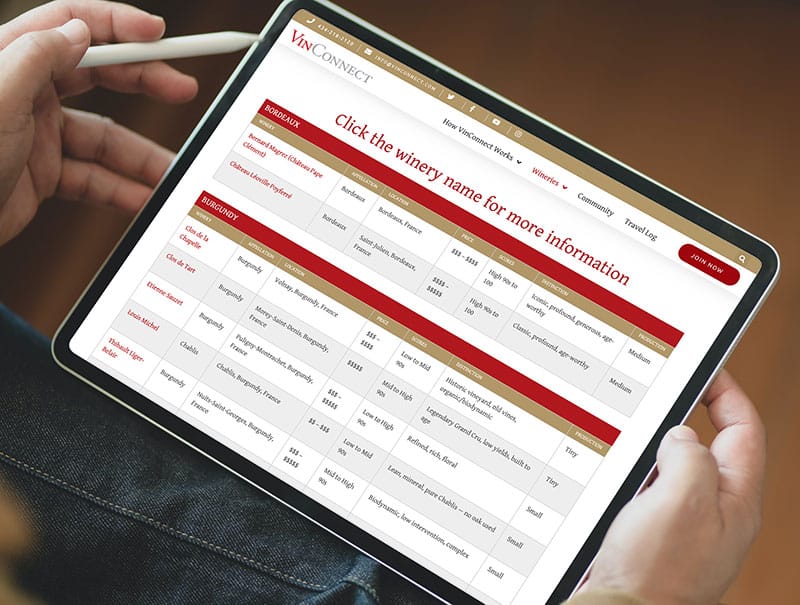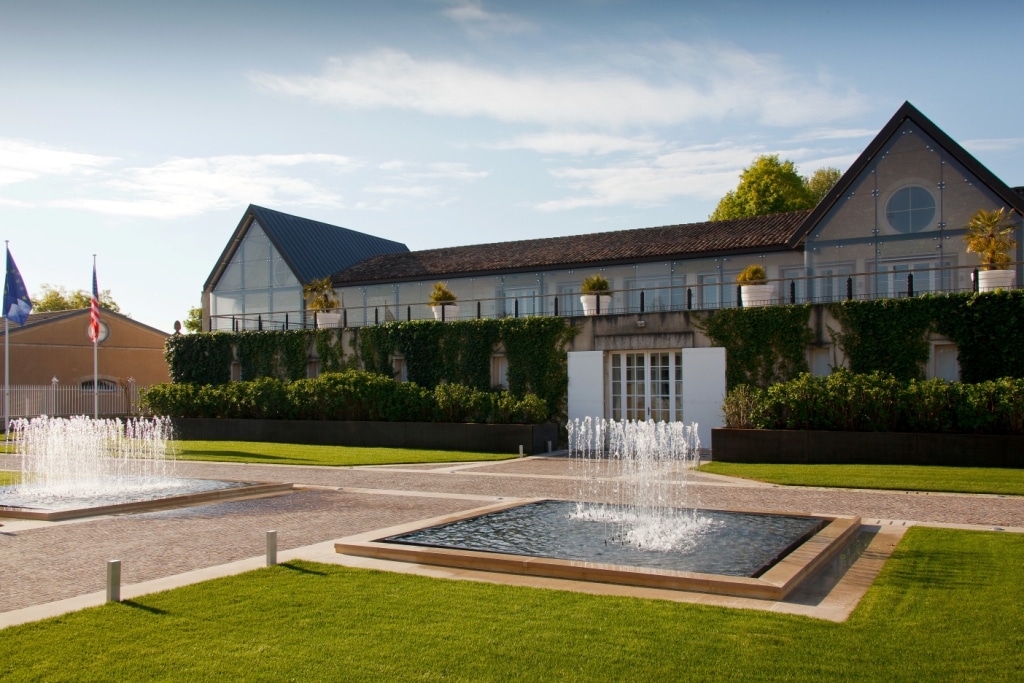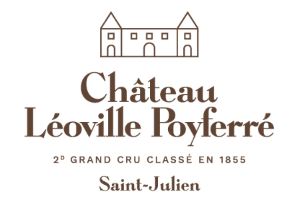About Château Léoville Poyferré
Château Léoville Poyferré’s pre-history dates back to 1638, when Léoville was the largest vineyard in the Médoc region. Jean de Moytié, Counselor of the Bordeaux Parliament and nobleman, owned a beautiful gravel slope of vineyard near the Garonne River. At the time it was named after its owner, Mont-Moytié.
In 1740, Jean de Moytié’s great-granddaughter married Alexander de Gascq, whose family owned what is now Château Palmer. With great ambition, Alexander began imposing his style by changing the name from Mont-Moytié to Léoville (Lionville). His aim was to make Léoville a model estate and the reference point for the best Médoc wine. He invested and innovated, planting smaller grape varieties, bordering the rows with pinewood, renovating the cellar and aging the free-run wine in barrels. After Alexander’s death and 35 years of expansion and planting, Léoville in Saint-Julien was the largest property in the Médoc, stretching over 300 acres.
One hundred years and numerous transactions later, Léoville Poyferré was born. Although the property was by then much smaller, its outstanding wines gained early recognition and the property was ranked 2nd Growth in the 1855 Classification. In 1920, Paul and Albert Cuvelier, at the time well-known Bordeaux wine brokers, decided to invest in Médoc vineyards and acquired Château Léoville Poyferré.
The Cuvelier Family had previously purchased Château Le Crock in 1903, at the time a classified First Cru Bourgeois Supérieur of Saint-Estèphe. Château Le Crock is surrounded by the Classified Growths Château Cos d’Estournel and Château Montrose, and has a magnificent park, vast meadows and an island. Later the family added Château Moulin Riche, a classified Cru Bourgeois Exceptionnel, in 1932.
This portfolio of Bordeaux properties continues to be managed by the Cuvelier Family. Didier Cuvelier runs the Château Léoville Poyferré since 1979 and Olivier Cuvelier manages the wine merchant company H.Cuvelier & Fils since 1985. Château Léoville Poyferré, Château Moulin Riche and Château Le Crock all benefit from the same attention by the technical and winemaking team of Château Léoville Poyferré.
Only the best grapes make it into the Grand Vin Léoville Poyferré — fruit from the youngest vines becomes the Pavillon de Léoville Poyferré, while Château Moulin Riche is vinified out of a 20-hectare separate plot which is situated next to Château Talbot.
Since Didier Cuvelier took over the Chateau, the family has invested time and resources in qualitative measures to restructure and improve winemaking techniques and technology. Supported by consultant Michel Rolland since 1994, they have rediscovered the chateau’s admired classical style, characterized by rich tannins, finesse and unrivaled silky texture. The Léoville-Poyferré Grand vin is a wine that benefits immeasurably from ageing; it can be approached after 12 to 15 years, but it will age gracefully for 40 years, in some cases even longer.
With the epic 1982 vintage, Léoville-Poyferré recaptured the magic of the late 19th century, and its resurgence culminated with the 2009 vintage when it received the highly-coveted and rare 100-point score from Robert Parker.


